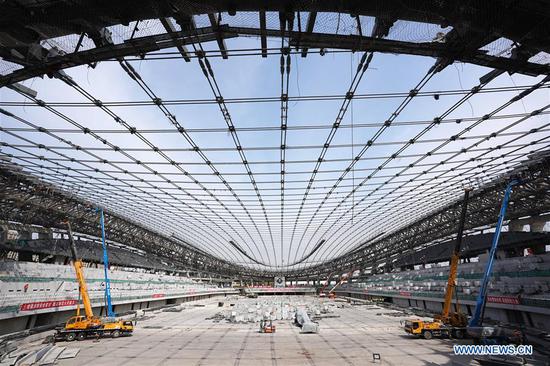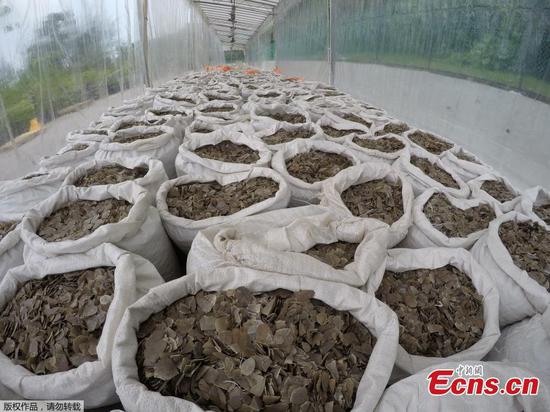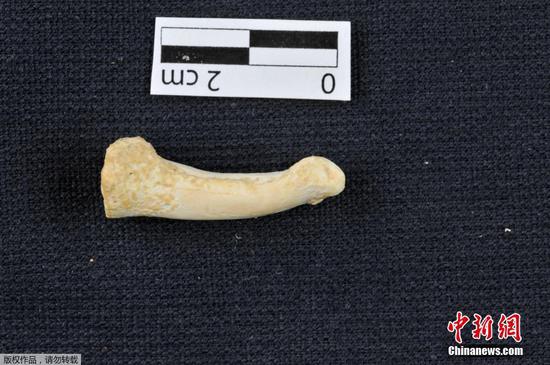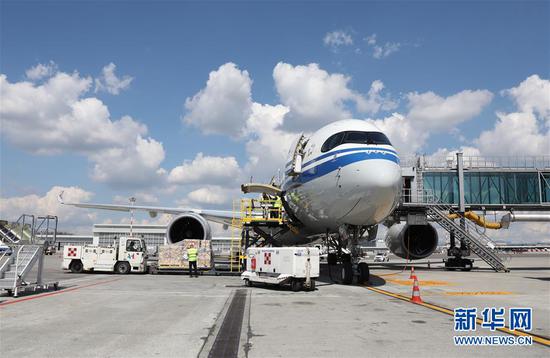With China's air pollution blamed for a wide range of environmental and health issues, the government is taking actions. Levels of the pollutant PM2.5 are down in most Chinese cities. Now, an online PM2.5 detection system has been installed in over 100 cities to find out what's contaminating the air.
A group of scientists from South China's Jinan University, headed by Professor Zhou Zhen, in 2012 invented a machine which is capable of identifying air pollutants, most notably PM2.5. And over some seven years of research, the machine has been upgraded and widely used in China.
The expanding database the team has developed over the past years enables the machines, scattered across China, to monitor the PM2.5 pollution sources with more precision.
“This is the only method to detect the sources of PM2.5 in the event of heavy air pollution. It plays an important role in setting guidelines to solve air pollution and addressing the public's concerns. It can also save the Chinese government a great amount of money in preventing air pollution,” said Professor Zhou Zhen, Head of Institute of Mass Spectrometry and Atmospheric Environment, Jinan University.
Zhou added that the machine has been sold to several developed countries, including the United States, and in the near future they are eyeing the markets of the Belt and Road participating countries.
Our crew boarded a van equipped with the detecting machine, which just finished its mission in the east of Guangzhou. Unsurprisingly, the main source of air pollution was car emissions.
“This is the online air pollution spectrum. In the pie chart, we can tell the pollution is mainly comprised of car emissions. Second is coal. Now it's around 15 percent. But in the winter in northern China, it would move up to be the main pollution source,” said Bi Yanru, a Hexin Mass Spectrometry engineer.
PM 2.5 pollution and chronic disease in China
China in 2013 introduced the Air Pollution and Control Action Plan with the hope of improving air quality nationwide, most notably reducing the concentration of PM2.5.
PM 2.5 concentration in eastern China, which is relatively more developed, fell nearly 40 percent in 2018, according to research jointly conducted by the John A. Paulson School of Engineering and Applied Sciences (SEAS) and the Nanjing University of Information Science & Technology (NUIST).
Regardless, the country's air quality is still shy of meeting the World Health Organization's (WHO) standard of 10 micrograms per cubic meter of PM2.5 and 20 micrograms per cubic meter of PM10.
Many Chinese cities still suffer from suffocating air, especially in the wintertime, when the heating season starts in northern and parts of central China. And in the spring, farmers in the countryside are used to burning straw left in the farmland, which contributes to the already toxic air. Local governments are ramping up efforts to curb such behaviors.
More than 1,000 air quality monitoring stations have been established across China over the years, collecting environmental data. Researchers from SEAS and NUIST, however, found out with the concentration of PM2.5 falling, harmful ground-level ozone pollution is on the rise, mostly in large Chinese cities.


















































